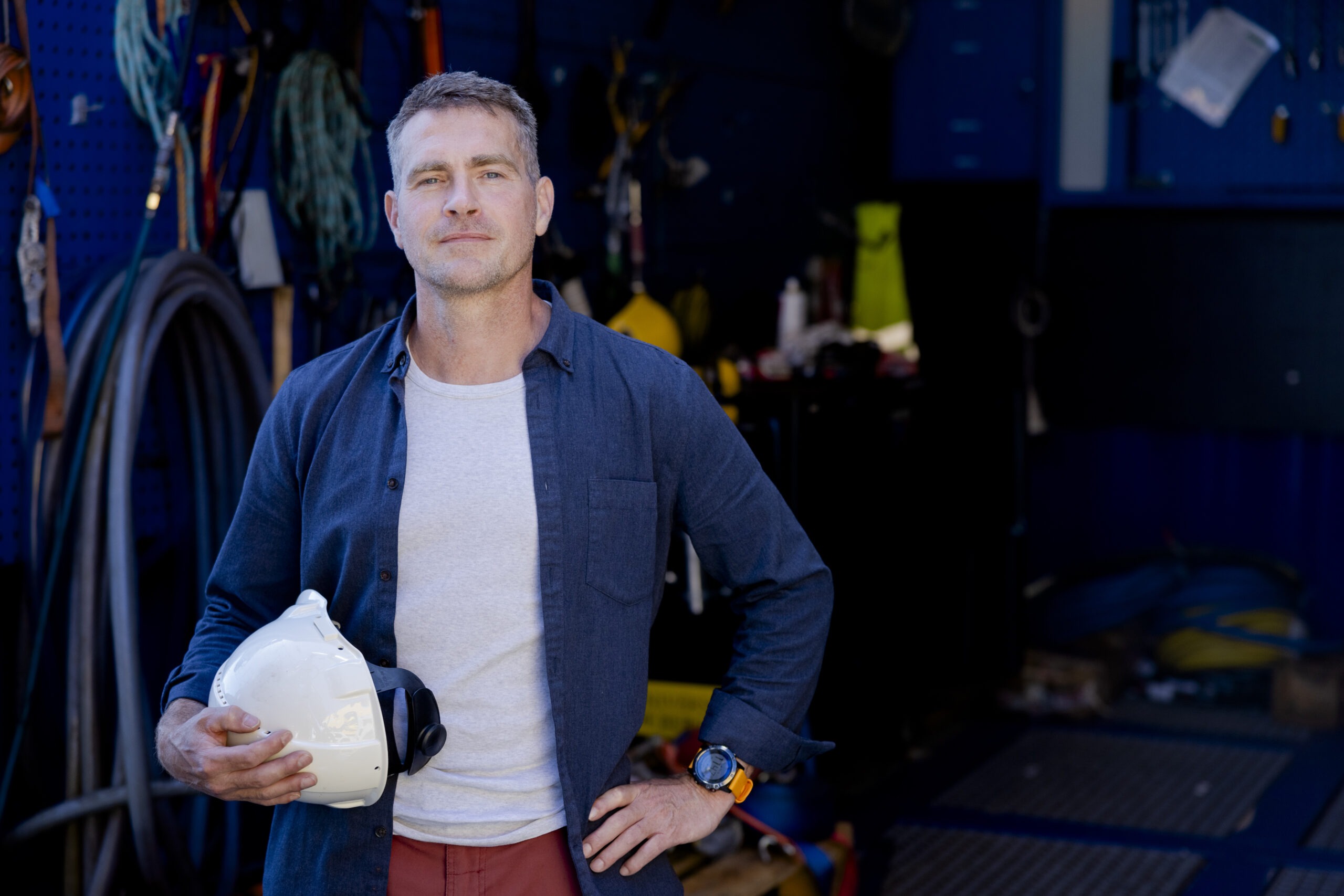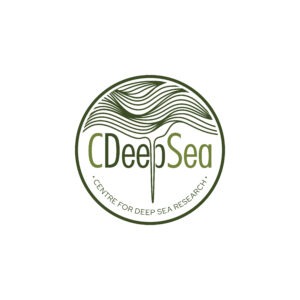Centre for Deep Sea Research
Centre for Deep Sea Research
The Centre for Deep Sea Research at the University of Bergen (UiB) leads pioneering efforts to unravel the secrets of the deep ocean—one of Earth’s most unexplored environments. Their research sheds light on geological evolution, biological adaptations, species diversity, and potential biological and geological resources of the deep sea. This leading-edge research relies on cutting-edge technology and a highly interdisciplinary approach.
In 2021, the Trond Mohn Foundation awarded NOK 16 million to the Centre, with UiB dedicating additional funds toward wages and operations. This support enables essential Arctic expeditions using state-of-the-art technology, advancing the team’s research in the high north. The Centre’s director Steffen Leth Jørgensen is driven by a mission to bridge significant knowledge gaps: “This is what excites and motivates me—identifying major knowledge gaps and finding ways to close them.”
He emphasizes that the search for new knowledge and a deeper understanding of how these systems work is not only of academic relevance and gives an example of studying the sedimentary biosphere – one of the Centers research areas. “The deep sedimentary biosphere controls all major geochemical fluxes across the seafloor and determines the fate of the world’s largest storage of organic carbon. Hence, it matters for our global environment, ranging from the composition of the air that we breathe to the balance of the global carbon budget”.
The research conducted at the Centre — Norway’s largest and oldest research centre in this field – can be divided into five main themes (outlined below), but they are all of strategic importance. As stated by UiB rector Margareth Hagen at the launch of the Centre for Deep Sea Research in 2021: “We are very happy that the Trond Mohn Foundation sees the great value of funding strong basic research. The deep seas are of great strategic importance for Norway, and the contribution means a lot for the opportunity to build more knowledge about the sea. Through this, the Centre for Deep Sea Research will make a solid contribution to developing this important area of knowledge.”
Cutting edge technology
The current competence at the Centre builds on decades of pioneering efforts in the exploration of the Norwegian deep-sea environments. Our expertise has gradually been built up across the geo- and bio-sciences with support from public and private sectors. Advanced infrastructure for deep-sea research has also been developed. The Ægir 6000, a remotely operated underwater vehicle (ROV) acquired in 2015, operates at depths of up to 6,000 meters. Equipped with advanced sensors, scientific instruments, and video equipment, it has completed over 950 dives and remains crucial to deep-sea research in Norway. In 2024, the Centre received funding to upgrade Ægir 6000’s infrastructure, expanding its capacity and extending its operational lifespan.
According to Rolf Birger Pedersen, former director of the Centre and the leader of the NORMARII ROV infrastructure “We have the opportunity to continue our research efforts in hitherto unknown areas under the drift ice in the Arctic Ocean, Norway’s outer border to the north, at depths down to 6,000 metres. Together with other national and international research activities, the goal is to generate new knowledge about the Arctic Ocean. We will contribute to understanding the Arctic Ocean’s geological development and climate history and how geological and biological processes in the deep sea affect the ocean’s environment.”
Interdisciplinary research
Many of the important scientific questions about the deep sea can only be answered via interdisciplinary collaboration. The Centre for Deep Sea Research is a leading international research centre with a highly interdisciplinary research profile, but the director is well equipped to deal with the challenges this presents having spent his entire career working at the interface between different research fields. “It is an inspiring workplace where excellent researchers from different disciplines, such as geochemistry, petrology, geophysics, data sciences and biology work together to try to understand the various deep-sea processes and how they interact,” he says.
The interdisciplinary research carried out at the Centre can be broadly divided into five themes:
-1. From mantle to fluid: This theme focuses on the driving forces, mechanisms and consequences of fluid-rock interactions along mid-oceanic ridges. These dynamic environments present a unique interplay between magmatic activity, plate tectonic and reactive fluids that drives large-scale fluxes of mass and energy, as well as modify the physical and chemical characteristics of the oceanic lithosphere.
-2. From fluid to life: The physical and chemical characteristics of seawater strongly constrain the biological processes in the deep ocean. These processes can in return also radically alter the seawater characteristics. This connection with complex feedback regulates the partitioning of geochemical species, as well as the life processes in this environment. In contrast to most of the deep sea, the mid-oceanic ridges present a high concentration of different environments with different fluid characteristics, including hydrothermal systems, crustal aquifers, tectonic faults, and sedimentary systems. This makes mid-oceanic ridges an ideal place to study fluid-life interactions. Furthermore, the significance of such processes in and on the arctic seafloor is to a vast extent unknown.
– 3. Mineral resources in the deep sea: Because of the long experience the Centre has with deep-sea exploration, geological resources, and ecosystem assessment and the competencies it has accrued as a result it is an important knowledge provider for governmental agencies responsible for seafloor management. The main aim of this group is to solve key challenges linked to the estimation of deep-sea geological resources and the potential environmental impacts of industrial activities in the deep sea. Strong focus is given to areas under Norwegian jurisdiction.
-4. Biological resources in the deep sea: Mid-oceanic ridge ecosystems host a diversity of organisms that are adapted to live under extreme conditions and are well known to be a source for bio-molecules with potential industrial and biomedical relevance. The Centre has a diverse collection of samples collected from the Arctic mid-ocean ridge (AMOR). This represents a unique resource and allows the Centre to compete at the front of Norwegian marine bio-prospecting. More specifically, this allows for the search for new enzymes with variable catalytic activities and temperature tolerance.
-5. Technology and innovation: The objective of this research area is to develop the best possible monitoring and exploration technology in order to improve the knowledge of hydrothermal systems along the Arctic Mid-Ocean Ridge. Through an integrated approach, the goal is to bring underwater technologies towards cost-effective, reliable, and scalable instruments for spatiotemporal monitoring and characterization of biological, geophysical and geochemical processes. As a result of this research, the Centre established an observatory at a depth of 3,000 metres in the Norwegian-Greenland Sea, which is one of the deepest observatories in the world’s oceans.
High expectations
Sveinung Hole, former managing director of the Trond Mohn Foundation, shares high expectations for the Centre’s work, noting the foundation’s commitment to advancing deep-sea research. “We have high expectations for the activities at the Centre for Deep Sea Research. UiB has previously, with support from, among others, the Norwegian Research Council and Stiftelsen Kristian Gerhard Jebsen, prioritized this exciting field of research. For the Trond Mohn Research Foundation, it is important to contribute to the research being taken further to new sea areas in order to provide knowledge about this unknown part of our country,” he says.
Article in Bergens Tidende and e24
Gets 16 Mohn-millions for deep-sea expeditions – Now deep-sea researchers will explore the seabed under the drift ice in the Arctic Ocean. (BT/e24 23/5-2021)
(Introductory illustration: Institute of Marine Research)
Facts about the center
Funding Period: 2021-2026
Centre for Deep Sea Research
TMF contribution: 16 million NOK

Researcher and centre director Steffen Leth Jørgensen on the deck of the research vessel "GO Sars" before a trip to the Arctic in 2024. Foto: Paul S. Amundsen/Forskerforum

